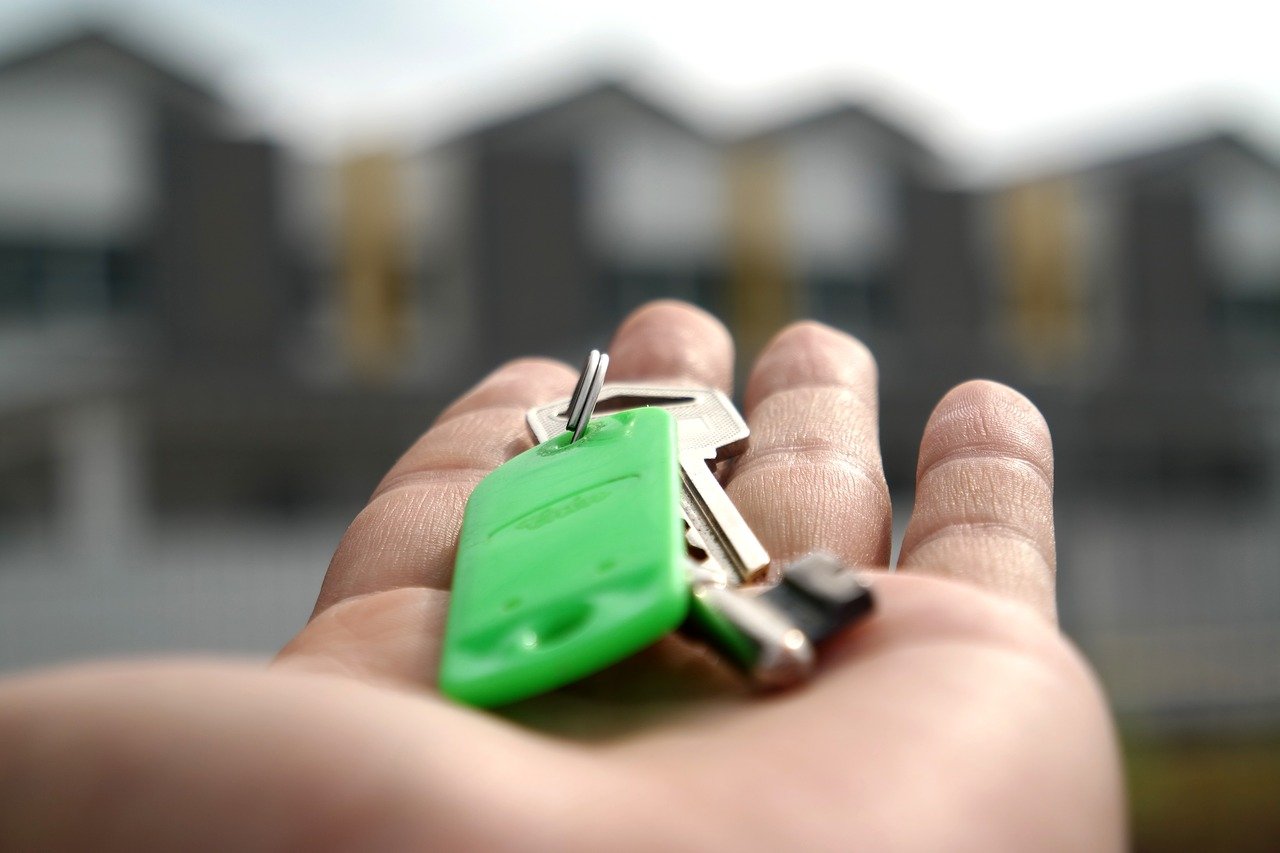
In today’s evolving urban landscape, mixed-use buildings have become a preferred development strategy for business owners, commercial investors, and municipalities. By blending residential, commercial, and cultural functions into a single, high-performing structure, these developments bring people, amenities, and businesses together in one walkable, vibrant space.
Whether you're a developer looking to attract a broader market or a business owner aiming to increase visibility and foot traffic, mixed-use properties offer strategic advantages that single-use buildings simply can’t match. At Pro-Line, we’ve helped countless clients bring these versatile spaces to life—see examples of our work in our building portfolio.
1. Convenience & Walkability for Modern Lifestyles
The shift toward walkable, amenity-rich communities continues to grow—driven by younger buyers, Gen Z and millennials, who now make up the largest segments of the homebuying and renting population. According to the National Association of Realtors 2023 Home Buyers and Sellers Generational Trends Report, millennials accounted for 38% of homebuyers, with Gen Z's presence steadily increasing in urban and suburban markets. These groups consistently prioritize convenience, access to local amenities, and reduced vehicle dependence—making mixed-use developments especially appealing.
Imagine living in an apartment connected to a grocery store, café, boutique, rooftop bar, or coworking space. Mixed-use buildings reduce the need for daily commuting, lower transportation costs, and minimize environmental impact. In growing cities where traffic congestion is a concern, these projects offer smart, lifestyle-driven solutions for residents and municipalities alike.
2. Increased Exposure for Local Businesses
For retailers and service providers, location is everything—and mixed-use developments offer prime visibility. A salon, boutique, or restaurant in a multi-use space benefits from consistent built-in foot traffic. Residents, workers, and visitors all move through the area regularly, creating a dynamic and loyal customer base.
This level of exposure doesn’t just boost visibility—it builds familiarity and repeat business. Being integrated into a community’s daily routine is a huge advantage for local business owners seeking to grow sustainably.
3. Built-In Community Connections
Mixed-use buildings do more than house people and businesses—they foster true community. When people live, shop, dine, and work within the same area, meaningful relationships naturally form among neighbors, tenants, and local business owners.
These developments are often located near additional community hubs like schools, parks, libraries, and cultural centers, making them ideal for families and professionals alike. The result is a more cohesive, connected neighborhood—one that encourages long-term residency and local support.
4. Diversified Revenue and Lower Risk for Investors
For developers and real estate investors, diversification is key to risk management. Mixed-use buildings generate income from multiple sources—residential, retail, office, and more. If one market segment slows, others often remain stable.
The Urban Land Institute’s 2024 Emerging Trends Report lists mixed-use communities as a top strategy for developers seeking to align with evolving consumer behavior and urban planning priorities. These buildings often enjoy longer leases, more stable occupancy, and reduced competition, making them a smart, future-proof investment.
5. Smarter Resource and Land Use
Because they combine multiple uses into one structure, mixed-use developments streamline infrastructure—reducing costs and increasing efficiency. Shared energy, water, sewage, and maintenance systems benefit both municipalities and tenants over the long term.
They also help conserve land by reducing sprawl, preserving green space, and allowing for denser, more sustainable urban planning. For developers pursuing LEED certification or eco-conscious goals, these buildings offer a clear path toward greater environmental stewardship.
Ready to Start Your Mixed-Use Development?
At Pro-Line Building Company, we specialize in custom commercial construction that combines form, function, and community value. Contact us today to begin planning your next mixed-use commercial project with a partner you can trust.
.svg)